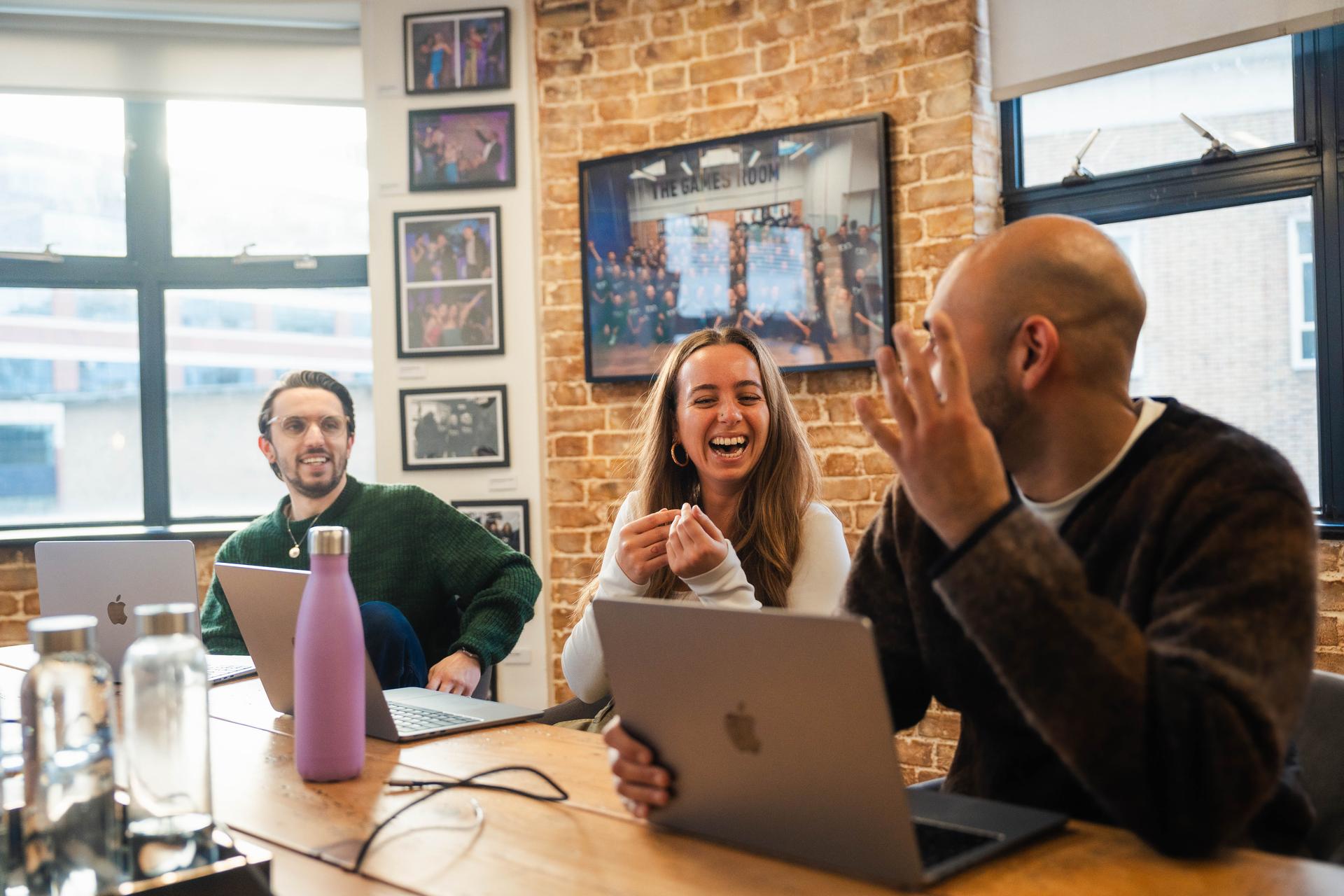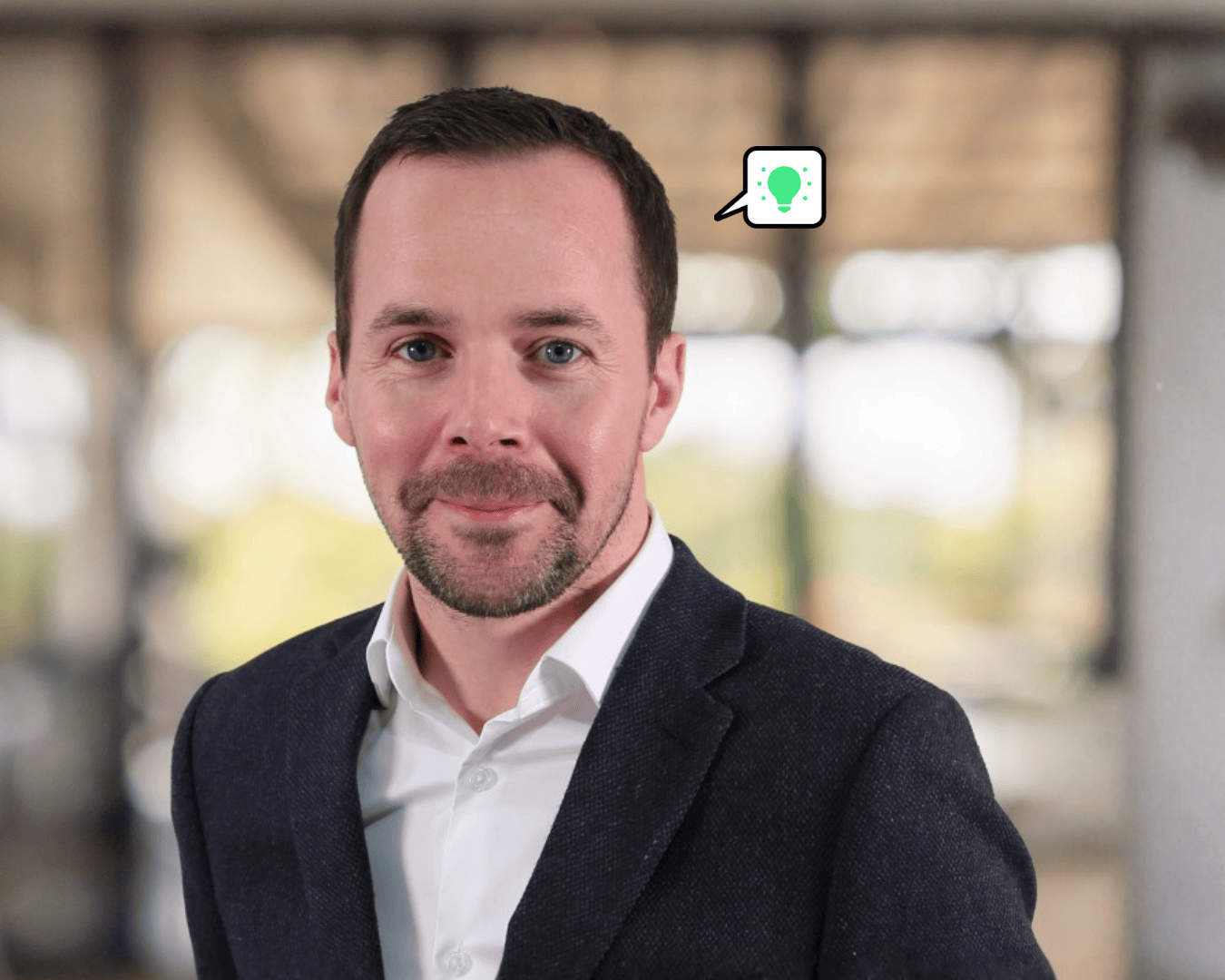There’s something about elite sport that stays with you. Long after you’ve stopped training every day, after the game days, the travel, the injuries (many in my case) and the rehab. What sticks is the mindset, the teamwork, the relentless pursuit of performance.
I still remember standing in the tunnel before kick-off, helmet in hand, the echoes of our cleats on the concrete, the quiet tension running through every player. There’s no talking then, just trust in the team and what we’d built.
I spent years playing American football at a high level – captaining Great Britain (yes it’s played in the UK), starting in a US NCAA programme, and playing across Europe. It was full on.
Now I help companies articulate who they are as employers so they can attract the right people – building Employee Value Propositions (EVPs), leading creative campaigns, and refining careers content that stops people mid-scroll. And funnily enough, a lot of the same principles apply. Building a strong team and building a strong brand? The same fundamentals.
Here are three things I learned playing elite sport that more people in talent and employer branding should pay attention to:
You can’t be all talk and no substance; you have to prove it:
Ask any top athlete what defines their team, and you’ll rarely hear a catchy phrase. Instead, they’ll talk about the behaviours, the standards, the routines. At university, no one needed reminding what the team stood for. You felt it the minute you walked into the locker room. It was shown in how people trained, how they spoke to each other, how they showed up when the pressure was on.
In employer branding, we often default to language. Pillars. Taglines. But a strong employer brand doesn’t just live in a pretty deck or framework. It’s what candidates and employees actually see and feel. The vibe on the interview. The way someone’s manager gives them feedback. The onboarding process. It’s your culture, expressed consistently. And if it’s not lived, it’s not real.
And that’s where a lot of brands fall short – they try to market a version of themselves that doesn’t actually show up day-to-day. It might look great on LinkedIn. But internally? If it doesn’t land, that disconnect does more damage than saying nothing at all.
To win, everyone’s role matters:
One thing elite sport drills into you early: everyone has a role to play, and you can’t all be the superstar. Success comes when people know their strengths, embrace their position, and trust the system. Doesn’t matter if you’re the one scoring the points or grinding it out behind the scenes. When everyone knows their role, that’s when teams click.
The same rules apply in employer brand projects. You can have the best creative in the world, but if recruitment doesn’t use it properly, or leadership don’t back it, it falls flat. Everyone, from the social team to the hiring manager, needs to be aligned. No passengers.
That means early engagement, not just sign-off at the end, cross-functional working groups, not just Employer Brand teams working in isolation. HR, Talent, Marketing, Comms, and business leads all need to understand not just what the brand is, but how their role brings it to life. Getting buy-in across functions, clarifying who does what and why turns the brand into something people don’t just see but feel part of.
It’s not one department’s job. It’s everyone’s. The strongest employer brands are shared, not siloed. They're not just built for talent, they're built with the business.
Performance isn’t always flashy:
Not everything that works looks good on a highlight tape. Some of my best work on the field was ugly: blocking when no one’s watching, taking the big hits, sticking to the game plan. That’s performance. That’s what won us games. And that’s where brand earns its keep.
It’s tempting to get distracted by the shiny campaigns and clever copy. But lasting employer brands come from consistency. Are you making a difference to time-to-hire? Retention? Engagement? That’s what matters.
A hero film might rack up the views. A careers website might look slick. But if it’s not moving the needle, what’s the point? It’s not about surface-level metrics; it’s about business impact. Your EVP and employer brand should be measured the same way as any other strategic initiative: against real, reportable KPIs. Views and likes might help visibility, but without clear links to application quality, time-to-hire, or conversion rates, they’re just vanity.
Final thought:
I miss the scoreboard sometimes. That clear, ruthless measure of whether you’re winning. It told you if the work mattered.
In employer branding, the signals are more subtle. You look for how people talk about your company. Whether they want to join. Whether they stay. Whether they’d come back. You rely on patterns, what’s being said in exit interviews, on Glassdoor, or in employee surveys. You look at talent attraction metrics and internal sentiment. It’s less about the one big win and more about continuous feedback and smaller gains.
That’s why mindset matters so much: the drive to improve, the focus on results, the accountability to the team. That’s what elite sport gave me. And it’s what I try to bring to every employer brand I help build – clarity, consistency, and the belief that culture is built through action.
You can’t fake a culture. But you can build one. And when it’s consistent, trusted, and lived, that’s when it wins.
So, what does yours look like on game day?




